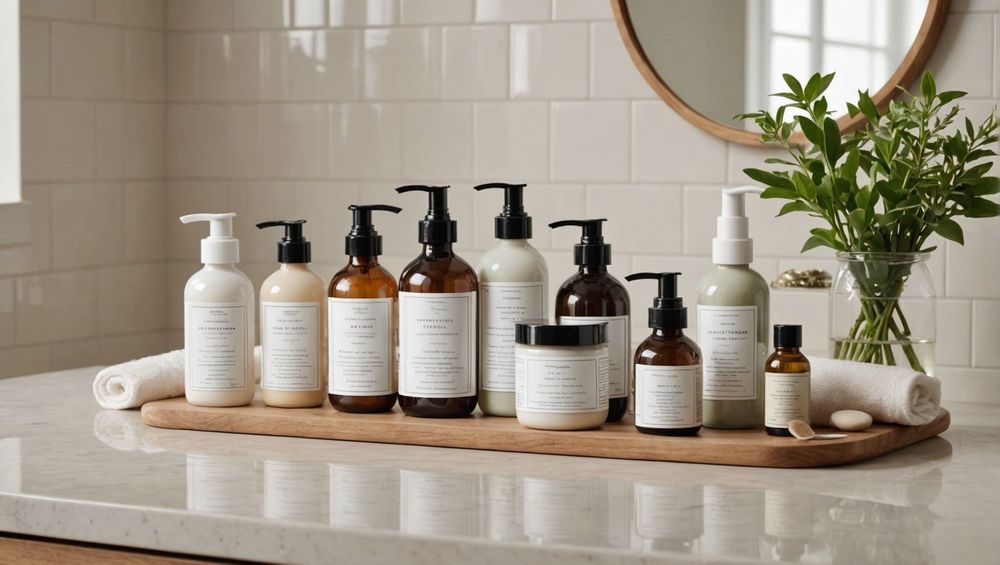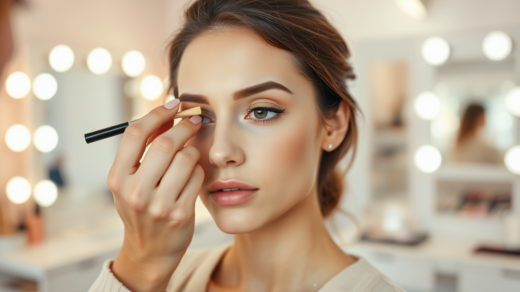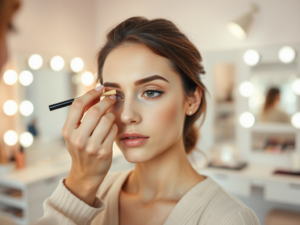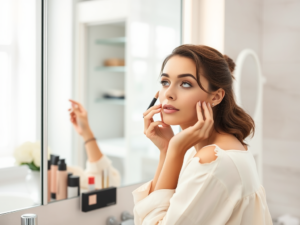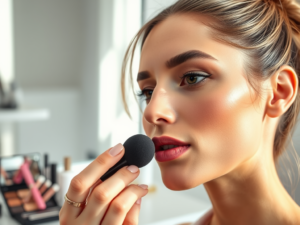Understanding Contour Makeup: What Is It and How Does It Work?
Contouring is often perceived as a complicated and intricate process, reserved for makeup artists and professionals. However, it’s an art form that anyone can master with the right knowledge and techniques. This article dives deep into the heart of contour makeup, revealing not only what it is but also how it has become a staple in many beauty routines. Whether you’re preparing for an entrance at a gala or just want to enhance your everyday look, understanding the essentials of contouring can unlock a new level of confidence.
At its core, contour makeup utilizes light and shadow to sculpt the face, enhancing your natural beauty. It’s a process that transforms the ordinary into extraordinary, allowing you to define cheekbones, refine the nose, and illuminate the brow bone. With contouring, small adjustments can lead to significant results, making it a favorite among those who enjoy experimenting with cosmetics. As we explore the fundamental components and techniques of contouring, we uncover the versatility it offers across diverse skin types and tones.
The Basics of Contour Makeup
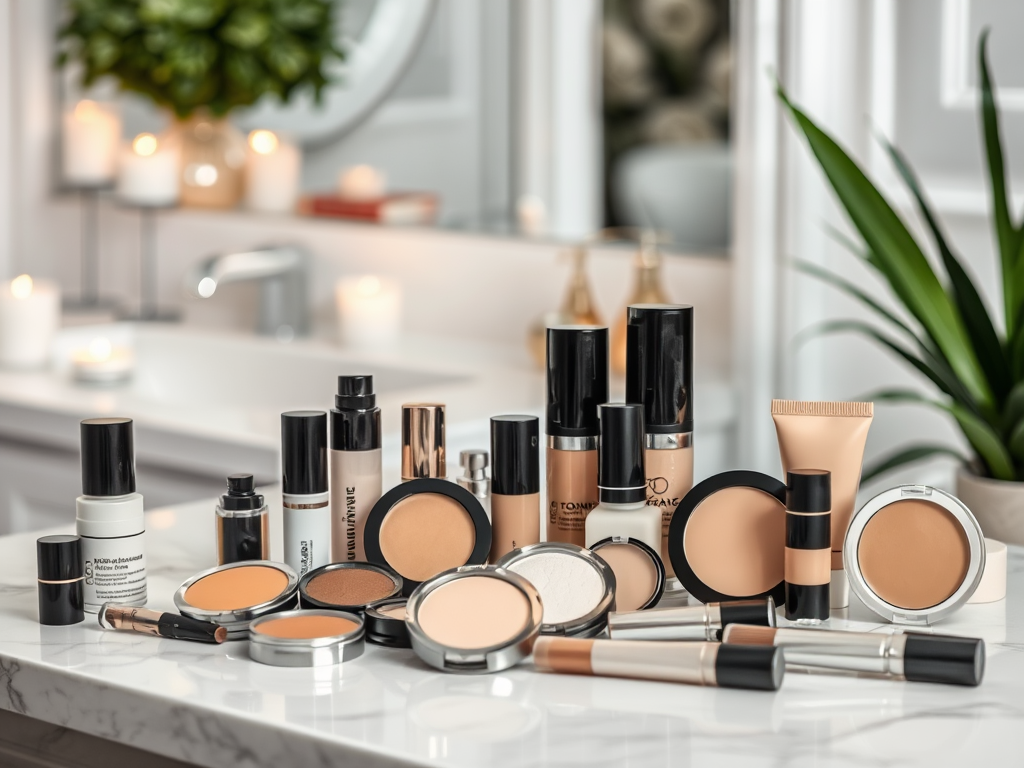
Contour makeup is all about enhancing and defining the natural structure of your face with strategic placement of darker and lighter shades. By applying darker pigments to certain areas, you can create the illusion of depth, while lighter pigments can highlight your features. This intentional interplay of light and shadow forms the foundation of any effective contouring strategy. The primary challenge is choosing the right products and methods to suit your individual needs. The journey into contouring is a fun and rewarding exploration of texture and color.
- Contour Products: Creams, powders, and sticks offer various finishes for defining your features.
- Highlighting Products: Brighter shades can elevate your bone structure, making it essential to select the right kind.
- Tools for Application: Brushes, sponges, and makeup applicators play a critical role in achieving a seamless finish.
The Science Behind Contouring

Understanding how contouring works involves some basic principles of light and shadow. When you apply darker shades to specific areas, it creates a shadow effect, giving the illusion of depth. Conversely, lighter shades reflect light, drawing attention to your best features. This silhouette-like approach allows you to customize the contour to emphasize what you find most beautiful about your face. Getting to know the science behind these aspects is essential for anyone looking to improve their makeup game.
- Shadowing Techniques: Darker shades create depth and define.
- Highlighting Techniques: Lighter shades bring features forward and emphasize structure.
Step-by-Step Guide to Contouring
To achieve a stunning contour look, following a straightforward, step-by-step approach can prove beneficial. The first step involves preparing your skin effectively, ensuring a smooth canvas for application. This includes cleansing the face and utilizing your favorite moisturizer to hydrate. Next, you will map out where you want to apply the contour and highlight. By outlining these areas, you can avoid excess product use and focus on precision. The following application methods are crucial to mastering those coveted cheekbones and a refined nose.
- Mapping the Face: Identify areas suitable for contouring; think along the jawline, hairline, and sides of the nose.
- Blending: Use a clean brush or sponge to blur the edges for a natural look.
| Product Type | Finish Type | Skin Types |
|---|---|---|
| Creams | Matte | Dry to Combination |
| Powders | Matte/Satin | Oily to Combination |
| Sticks | Matte/Satin | All Skin Types |
Common Mistakes to Avoid
Even the most experienced makeup artists can fall victim to common mistakes while contouring. Therefore, highlighting these pitfalls will help you refine your technique and enhance your results. One prevalent issue is over-contouring; applying too much product can lead to unnatural lines that are counterproductive. Instead, it is better to gradually build your coverage. Selecting the wrong shades is another big mistake; your contour and highlight should always complement your skin tone to create harmony, rather than contrast
- Light and Cool Shades for Fair Skin.
- Neutral and Warm Shades for Medium Skin.
- Deep and Rich Shades for Dark Skin.
Conclusion
Understanding contour makeup is not just about applying products; it’s about embracing the art of enhancing one’s features. As we’ve explored, the journey of contouring begins with the right products and techniques. By delving into the basics, science, and potential pitfalls, each makeup enthusiast can develop a personalized approach to contouring. With practice, you can create stunning looks that highlight the natural beauty of your face. Discovering the nuances of contour makeup elevates it from a mere beauty trend to an essential skill in your makeup repertoire.
Frequently Asked Questions
- What is the best product for contouring? The best product depends on your skin type and preference, with options ranging from creams to powders being effective.
- How can I tell if my contour is too harsh? If the contour line is visible and does not blend seamlessly with your skin, it may be too harsh.
- Can contouring be done on all skin types? Yes, contouring can be adapted to suit all skin types with the right product choices and techniques.
- How often should I contour? You can contour as often as you like, but many reserve it for special occasions or professional looks.
- Is contouring suitable for beginners? Yes, with practice and the right techniques, beginners can learn to contour successfully.

